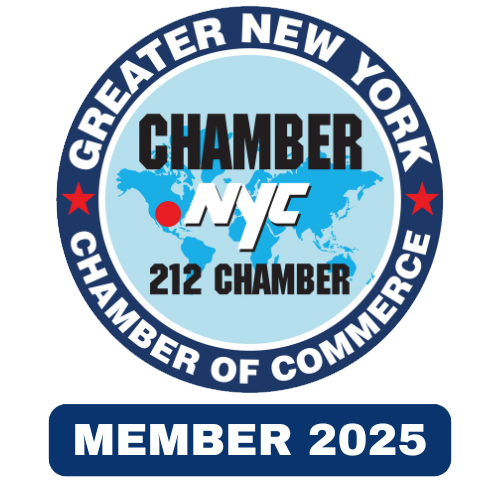Target Operating Model (TOM) Optimization Initiative
A Target Operating Model (TOM) Optimization Initiative involves a comprehensive review and redesign of an organization’s operating model to better align with its strategic objectives. This process aims to enhance efficiency, agility, and performance across the enterprise. Here's what is typically involved in such an initiative:
- Strategic Alignment and Vision Definition
Objective: Ensure that the operating model is fully aligned with the organization’s overall strategy, vision, and long-term goals.
Activities:
-Engage key stakeholders to define the strategic objectives.
-Clarify how the optimized operating model will support the organization’s mission and business objectives.
-Define measurable outcomes that reflect the desired future state of the
organization. - Current State Assessment
Objective: Understand the existing operating model, including its strengths, weaknesses, and areas for improvement.
Activities:
-Conduct a detailed review of the current organizational structure, processes, technology, people, governance, and performance metrics.
-Identify inefficiencies, bottlenecks, redundancies, and gaps.
-Benchmark current performance against industry standards and best practices.
-Gather input from stakeholders through interviews, workshops, and data analysis. - Future State Design
Objective: Design a future operating model that addresses current challenges
and positions the organization for future success.
Activities:
-Redesign organizational structure to better align with strategic objectives (e.g., removing silos, creating cross-functional teams, etc.).
-Develop streamlined, standardized, and more efficient processes.
-Identify and plan for the integration of new technologies (automation, AI, data analytics, etc.).
-Define roles, responsibilities, and governance frameworks that ensure accountability and effective decision-making. - Technology and Infrastructure Optimization
Objective: Ensure the technology stack and infrastructure support the desired future state of the operating model.
Activities:
-Assess existing technology and identify gaps where new tools or platforms are needed.
-Implement or upgrade systems to enhance capabilities such as automation, data analytics, cloud computing, and artificial intelligence.
-Ensure technology solutions support scalability, integration, and security.
-Streamline IT architecture to reduce complexity and support agility. - People and Culture Transformation
Objective: Realign the workforce and culture to support the new operating model.
Activities:
-Define the skills and competencies required to support the new model.
-Plan for workforce reskilling, upskilling, and talent development.
-Implement change management strategies to ensure that employees embrace the new model and culture.
-Develop leadership programs to equip leaders with the tools and mindset needed to drive the transformation.
-Foster a culture of innovation, agility, and collaboration that aligns with the new operating model. - Process Redesign and Optimization
Objective: Redesign processes to be more efficient, customer-centric, and aligned with the organization's goals.
Activities:
-Map existing processes and identify inefficiencies or non-value-adding steps.
-Redesign key processes for optimal performance, focusing on reducing waste, improving speed, and increasing flexibility.
-Apply automation where appropriate to eliminate manual or repetitive tasks.
-Implement process governance to ensure continuous monitoring and improvement. - Governance and Performance Management
Objective: Establish governance structures that ensure the operating model is sustainable and continuously aligned with strategic objectives.
Activities:
-Develop a governance framework that includes roles, decision-making authorities, and accountability mechanisms.
-Set up performance management systems that track the progress of the operating model optimization and ensure the organization stays aligned
with strategic goals.
-Implement KPIs and other performance metrics to measure success, assess ongoing performance, and identify areas for further optimization. - Financial Management and Cost Optimization
Objective: Ensure that the operating model is financially sustainable and delivers value for money.
Activities:
-Review financial implications of the current operating model, including operational costs and capital expenditure.
-Identify opportunities for cost reduction and efficiency improvements.
-Reallocate resources to high-value activities that align with strategic priorities.
-Ensure the financial structure supports scalability and future investments. - Implementation and Transition Planning
Objective: Develop and execute a detailed implementation plan to transition from the current state to the target operating model.
Activities:
-Create a phased implementation plan that includes timelines, milestones, and dependencies.
-Prioritize quick wins and critical initiatives that will have the greatest impact.
-Assign responsibility for key actions and ensure clear communication across the organization.
-Develop risk mitigation strategies to address potential challenges during implementation. - Change Management and Communication
Objective: Ensure that all stakeholders are engaged, and that the organization is prepared for the changes.
Activities:
-Develop a change management plan that includes communication, training, and stakeholder engagement strategies.
-Create a communication strategy to keep employees informed of progress and changes, fostering transparency and buy-in.
-Provide ongoing support and training for employees to ensure they understand the new operating model and how it impacts their roles. - Continuous Monitoring and Improvement
Objective: Ensure the operating model remains effective and continues to evolve with the business environment.
Activities:
-Establish a framework for continuous monitoring and evaluation of the operating model.
-Periodically review and refine the operating model to address emerging challenges and opportunities.
-Create a culture of continuous improvement, where processes, technologies, and organizational structures are regularly optimized for
performance.
Conclusion
An Operating Model Optimization Initiative is a strategic undertaking aimed at transforming an organization's operations to align with its long-term objectives. It requires a holistic approach that addresses every aspect of the organization, from technology and processes to people and governance. By optimizing the operating model, organizations can become more agile, efficient, and customer-focused, positioning themselves for sustained success in an ever-changing business environment.





